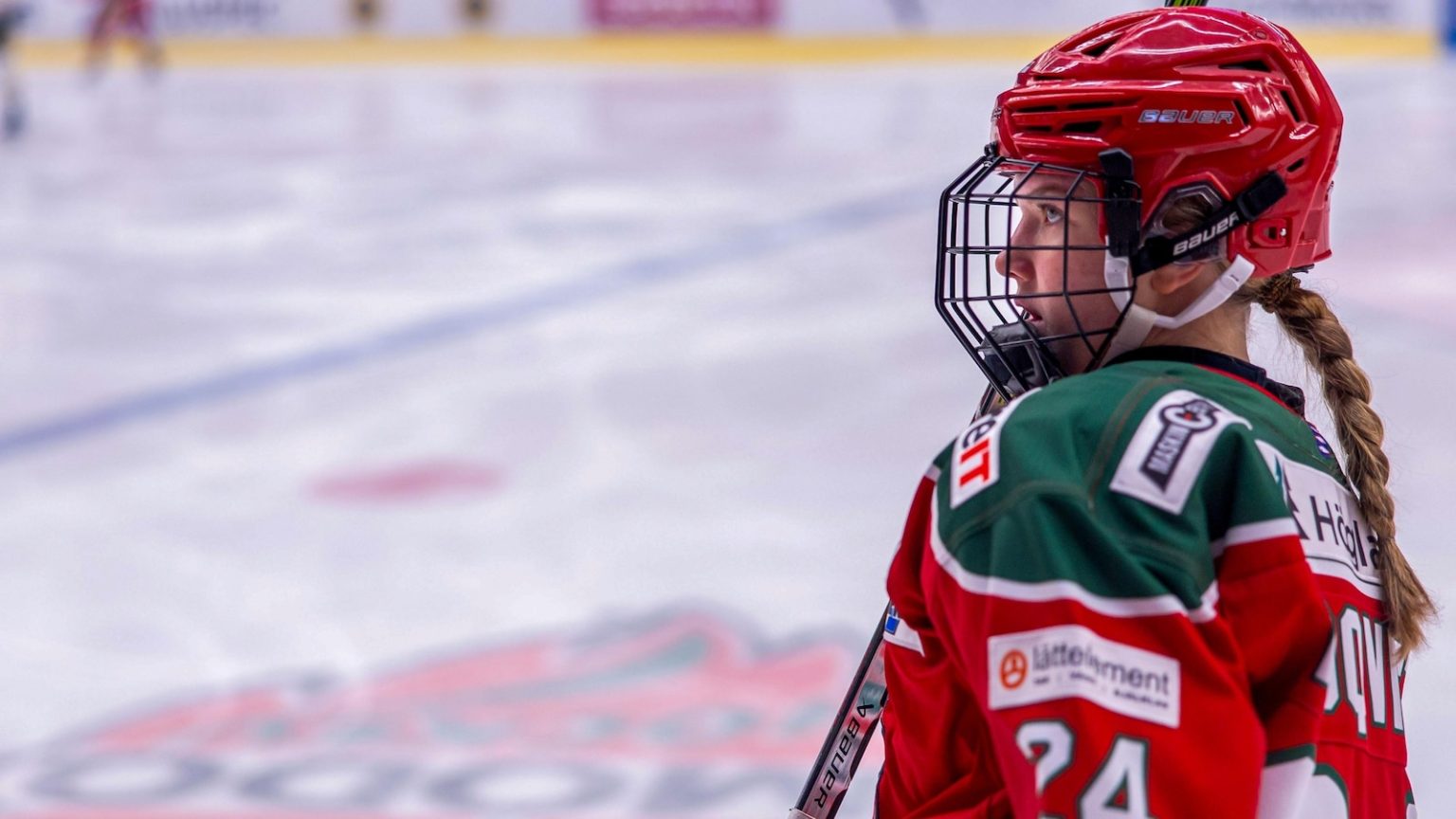Revolutionizing Women’s Hockey: How Sweden’s Embrace of Body Checking is Changing the Game
In the small coastal town of Örnsköldsvik, Sweden, a quiet revolution is unfolding in the world of women’s hockey. Lauren Bellefontaine, a Canadian forward playing in Sweden’s top women’s hockey league, shared her experiences after a recent game, detailing the physical toll of the sport. “I got a stick to the collarbone tonight and also a hit to the head. Definitely some bumps and bruises,” she said with a smile. “But I’m feeling fine.” Growing up in Canada, Bellefontaine often heard people question why women’s hockey didn’t allow hitting. It wasn’t until she moved to northern Sweden that she discovered the more physical side of the sport. In 2022, Sweden made history by introducing body checking to its premier women’s league, a move that has not only energized the game but also empowered female players.
The decision to allow body checking in Sweden’s women’s league was a bold step, especially since the International Ice Hockey Federation (IIHF) does not formally permit the practice due to safety concerns. However, Swedish hockey officials have seen overwhelmingly positive results. The game has become faster and more entertaining, while concussions—long a scourge for the sport—have significantly decreased. Statistics from the Swedish women’s league show a sharp drop in reported concussions, from 35 in the 2018-19 season to just 10 in 2022-23 and 15 in 2023-24. By early January 2024, only six concussions had been reported, a testament to the league’s efforts to prioritize player safety.
The introduction of body checking has also had an unexpected benefit: it has forced players to be more mindful on the ice. By requiring them to skate with their heads up and increase their awareness of their surroundings, the rule has enhanced their overall game. “It creates some tension in the game that you otherwise don’t get,” said Luc de Keijzer, a 27-year-old student and regular at MoDo games. The combination of skill and physicality has brought a new level of excitement to the sport, making it more engaging for fans and challenging for players. Coaches and league officials argue that this balance is essential for making the game an entertaining watch.
The shift has also had a profound impact on the players themselves. For many, the introduction of body checking has been a source of empowerment. Players like Bellefontaine and Canadian teammate Alexie Guay feel that they are now playing the game as it was intended. “It has given us the opportunity to prove we’re physical, we’re strong, and we can play just like the men’s players,” Bellefontaine said. “It allows us to show we can—and we will.” The rule change has helped narrow the gap between men’s and women’s hockey, with players embracing the chance to compete on more equal terms. While there are still differences—hits on open ice remain forbidden, for example—many see this as a significant step forward.
The success of Sweden’s approach has not gone unnoticed. Other countries are now considering similar rule changes, with North America’s Professional Women’s Hockey League (PWHL) already incorporating checking into its rules for its inaugural season last year. In Sweden, body checking has been part of the rules for boys and girls starting at the age of 12, a policy that league officials believe prepares young players for the physical demands of the sport as they grow older. For parents like Marie Johansson, whose 18-year-old daughter Amanda started checking at age 12, the benefits are clear. “All parents are worried about their children getting injured,” Johansson said, “but when they learn to do the checking, they train a lot, they learn how to hold their heads up high, and she learnt how to avoid injuries.”
As Sweden continues to lead the way in this new era of women’s hockey, there is hope that the sport will become more competitive on the international stage. Sweden’s women’s team already performs well in world championships and Olympic Games, but the introduction of body checking could give them the edge they need to bring home a gold medal. For now, the focus remains on the positive impact the rule change has had on the game. “We are kind of trailblazers when it comes to women’s hockey in challenging the old structures that said, ‘Women can’t,’” said Angelica Lindeberg, operations manager for the Swedish league. “Now we say, of course they can. We are very proud of that.” As more leagues and countries consider following Sweden’s lead, the future of women’s hockey looks brighter—and more physical—than ever before.















